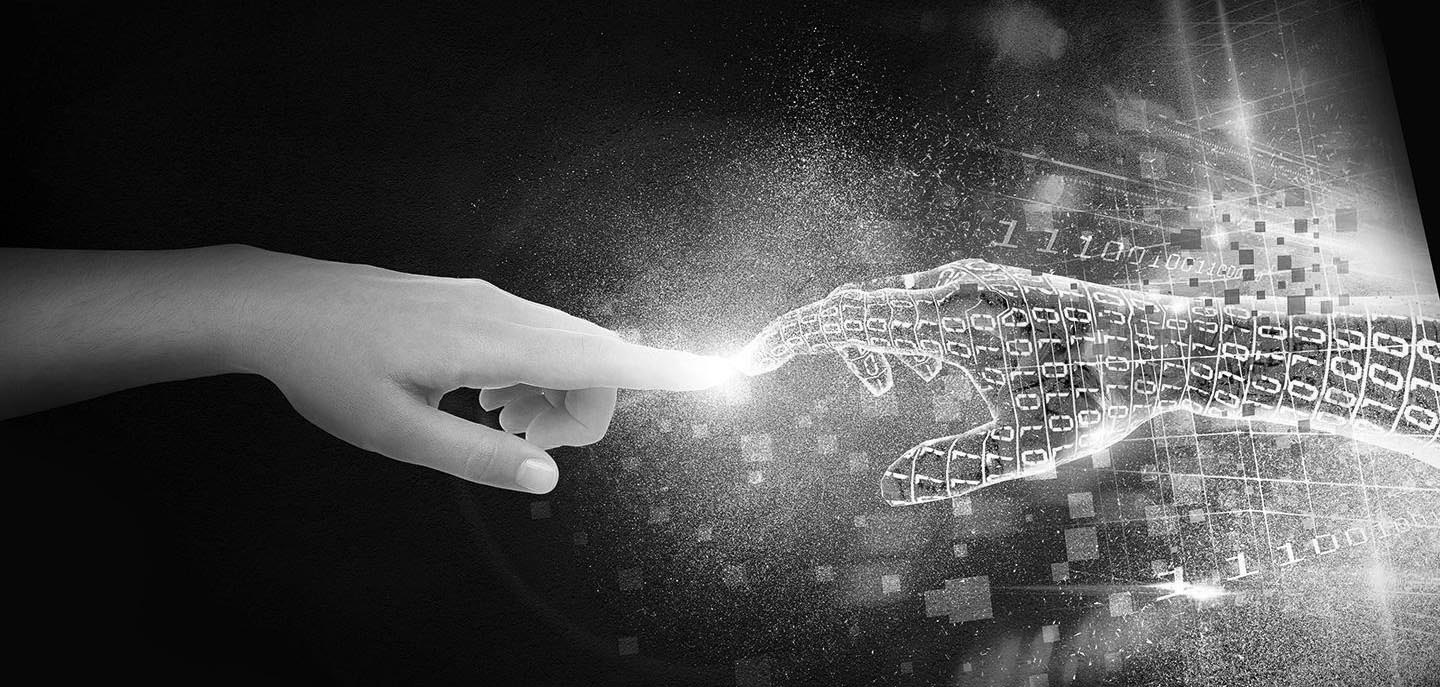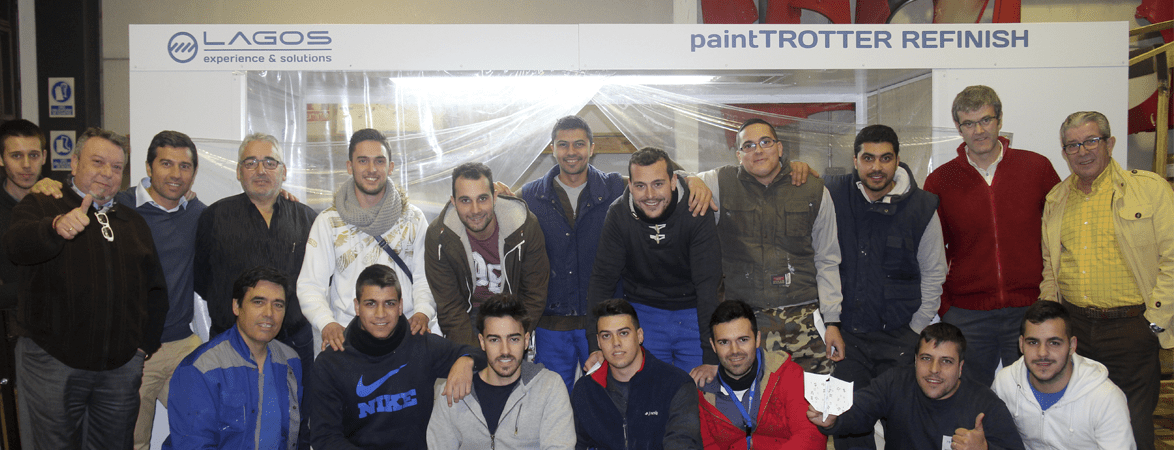
Rumbo al modelo de “Industria 4.0”
10/12/2015
Sevilla: primera etapa del “Lean Painting Tour” de la mano de LEBOR
03/02/2016New Product Category Rule for surface treatment equipments

It has been an intense work, but finally the new PCR (Product Category Rule) for surface treatment equipments is out. Equipos Lagos has contributed to develop this standard focused to measure the environmental impact of the machines produced in our activity sector.
If you are not familiarized with the terminology, a PCR is part of an Environmental Product Declaration (EPD) wich is a multi-criteria measurement standard of the environmental performance developed byENVIRONDEC (Swedish Environmental Research Institute), related to goods and services from a life cycle perspective. The final objective of an EPD is to reduce the environmental impact associated with the manufacturing activity throughout the supply chain, use phase and the disposal of the product.
A Product Category Rule provides category-specific guidance for calculating and reporting life cycle environmental impacts of products and how to communicate them through an EPD.
The International EPD® System is a global programme for environmental declarations based on ISO 14025 and EN 15804. The database currently contains more than 500 registered EPDs by 150 companies in 27 countries.
The lifecycle-based standards do not provide relevant information to ensure that consistent assumptions and measurements are made. In order to remove that limitation, the use of a PCRs plays an important role in increasing the reproducibility, relevance, and consistency of an EPD (and therefore comparability calculations within the same product category). The existence of a PCR helps companies from the same sector to focus at the most important parameters of the study, oriented to reduce time, effort and costs.
With the development of this PCR, we have contributed to define this criteria and we can communicate to the market the environmental performance of our machines and how we manage to reduce the environmental impact during the use phase. Our next step is to engage our customers to work together and reduce even more this impact by learning from each other the best practises in the surface treatment sector.
Together we can make a better world for tomorrow.
It’s in our hands and this is just the first step.

